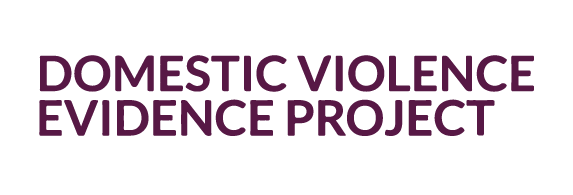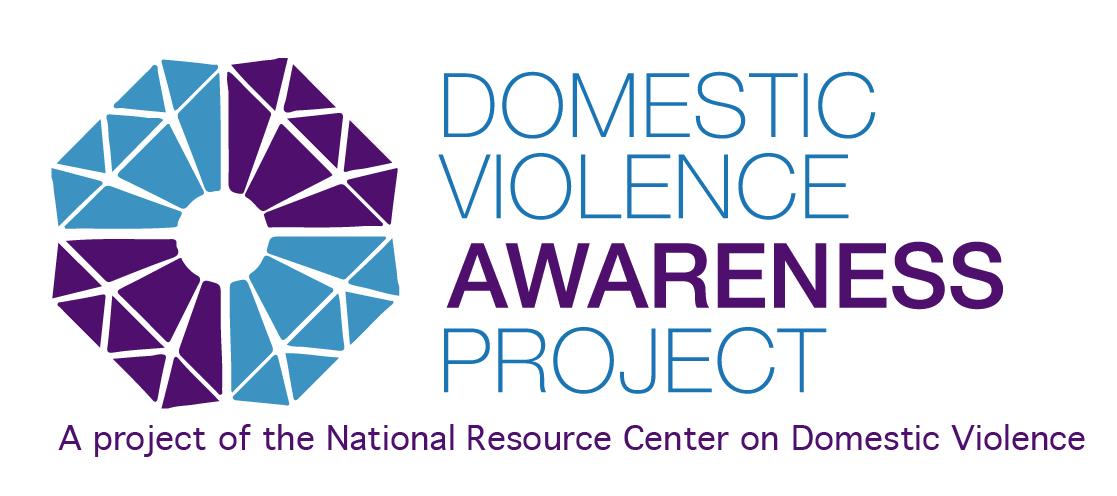Domestic violence is best understood as a pattern of abusive behaviors–including physical, sexual, and psychological attacks as well as economic coercion–used by one intimate partner against another (adult or adolescent) to gain, maintain, or regain power and control in the relationship. Batterers use of a range of tactics to frighten, terrorize, manipulate, hurt, humiliate, blame, often injure, and sometimes kill a current or former intimate partner.
Domestic violence, also known as intimate partner violence, is a serious and widespread problem. In the United States, 1 in 4 women and 1 in 9 men experience contact sexual violence,* physical violence, and/or stalking by an intimate partner in their lifetime and report negative impacts such as injury, fear, concern for safety, and needing services (CDC, 2017). Domestic violence can happen to anyone regardless of employment or educational level, race or ethnicity, religion, marital status, physical ability, age, sex, gender identity, or sexual orientation. However, the burden of domestic violence is not shared equally across all groups, with women and many racial/ethnic and sexual minority groups being disproportionately affected.
* Contact sexual violence includes rape, being made to penetrate, sexual coercion, and/or unwanted sexual contact.

If you would like to be part of the solution, learn more at How To Get Involved.
For more general information check out these free resources from our partners.
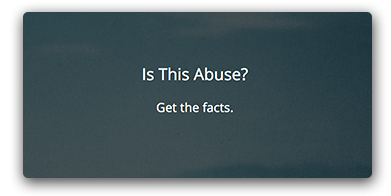
For information about domestic violence, including potential warning signs for emotional, physical, or sexual abuse, visit the National Domestic Violence Hotline's information page:
Is This Abuse? Get the Facts.
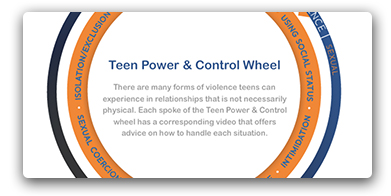
For information about patterns of abuse and behaviors commonly experienced by youth in dating relationships check out Break the Cycle.
For an overview of Intimate Partner Violence (IPV) watch What is Intimate Partner Violence? from the Centers for Disease Control and Prevention.
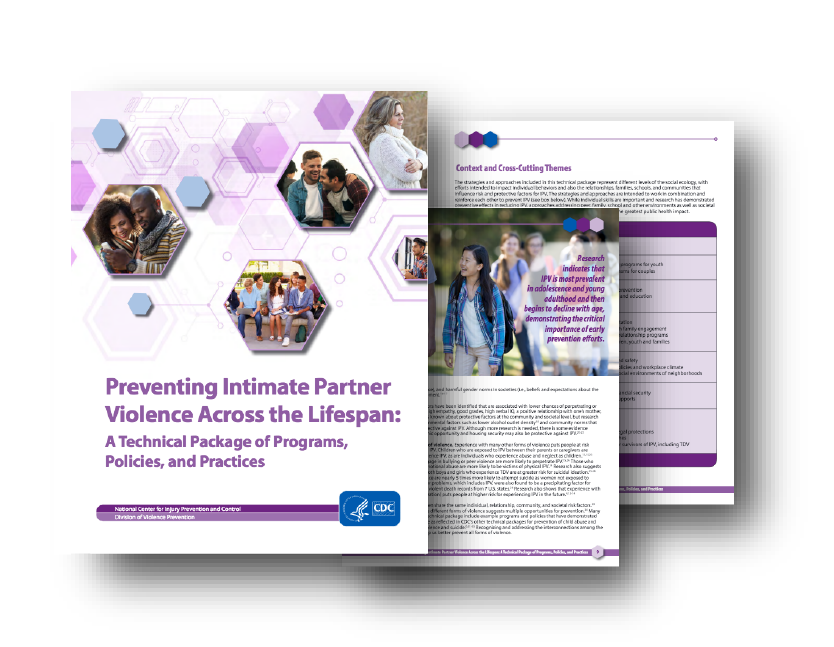
For more information on Intimate Partner Violence Prevention strategies check out Preventing Intimate Partner Violence Across the Lifespan: A Technical Package of Programs, Policies, and Practices by the Centers for Disease Control and Prevention.




